So, we drove away from Kalbarri, crossed the Murchison, where we did a spot of birdwatching where there were ducks, grebes and swans on the river and a hobby teasing a kite…
The next stop was Hamelin Pool, where we stayed at a caravan park the old Telegraph Station, now a museum.
Nostalgia anyone? You know, for those days I remember of telephones (attached to the wall) that you had to windup to get through to the postmistress who managed the switchboard…
(Our phone number was Kelmscott 201.)
Hamelin Pool is also known for its shell beaches that I talked about before
(July 14th)
…made of coquina shells, cut into building blocks
Mostly, though, Hamelin Pool is known for its stromatolites. It is only one of 3 places where they are found now, yet for 3 billion years or so, cyanobacteria ruled the world, building these structures — thus making the world habitable for us oxygen breathers.
These guys are not all that old. 3,000 years maybe? But they are still pumping out the oxygen…
There are 3 types, and they are what has made this a World Heritage site.
These Red Caps, below, are dead or dying, because 500 or 1000 years back the sea receded a bit.
The first time I came to Hamelin was about 1957. We stayed in the massive woolshed there, where bales were stored awaiting the arrival of boats to take of the clip in the days before the roads were reliable. (I thought that was really cool). Alas, they drove their drays over the stromatolites, and you can still see the damage, even though no one has done that for maybe 60 or 70 years…
One of the things I will remember most about Hamelin was the constant call of the Chiming Wedgebill, with its pointed headgear and its: “Didja get drunk…didja get drunk…”
Although one of the people stayingin the caravan park thought it sounded more like a creaky old windmill turning in the wind.
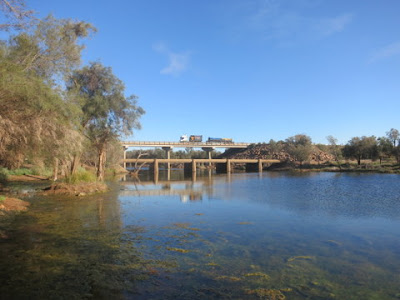
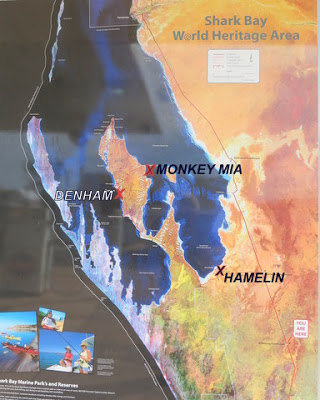
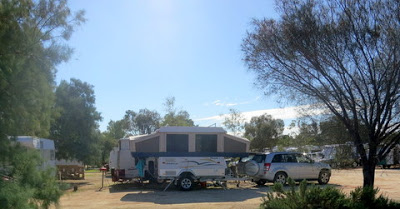


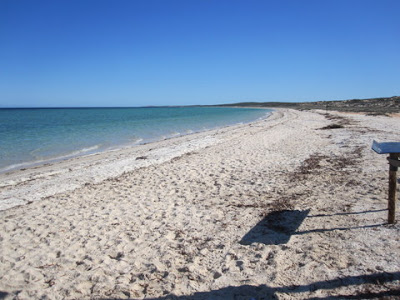
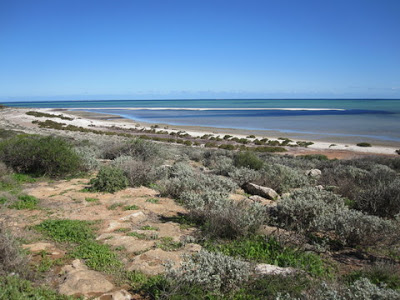
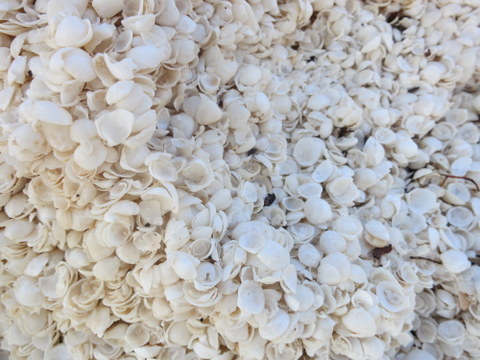
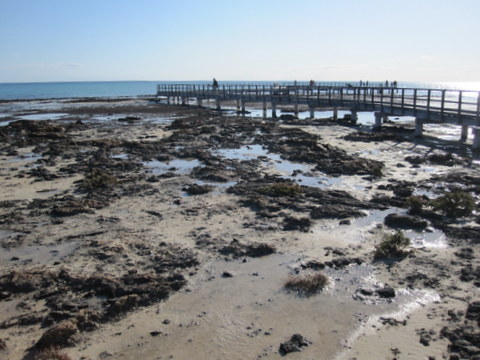
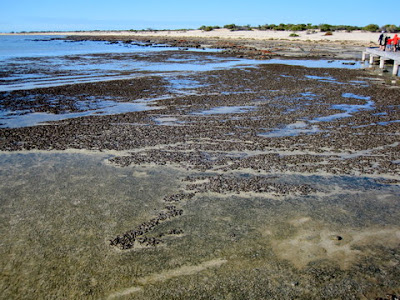
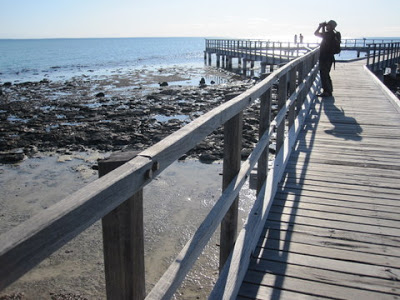
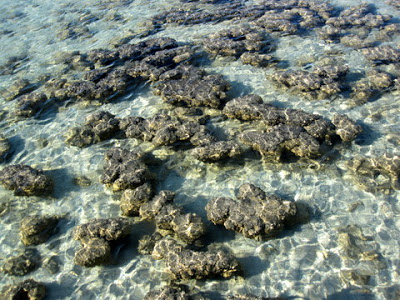
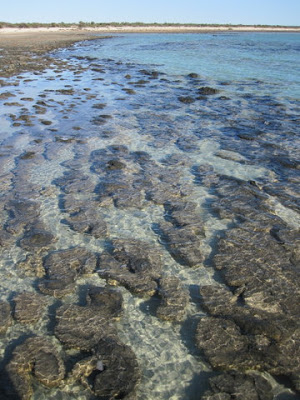
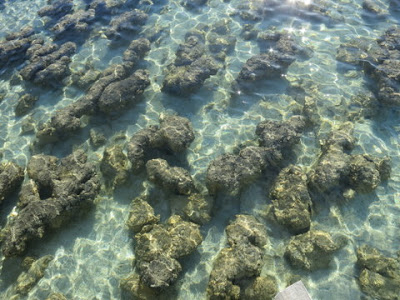
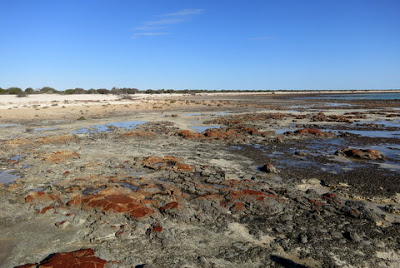

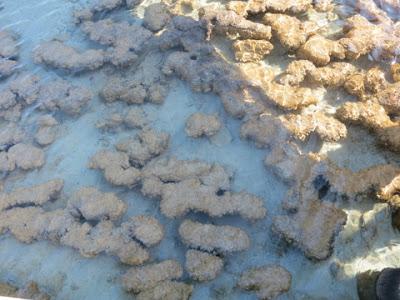

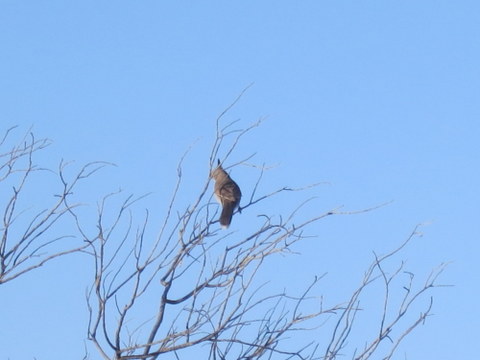

Fascinating as usual. I have never heard of stromatolites and you are now terrifying me that this is only one of three areas where they are still found. If they totally disappear, does that mean we will too or do we now have other sources of oxygen?
Never heard about stromatolites me neither ! I agree with jo! So fascinating !
Are those bacteria moving around ?
Gynie
The interesting thing about the bacteria is that they built like mad in the sunlight, photosynthesising, then die down at night, leaving behind sticky minute filaments that get sediment stuck to them. Come morning they start all over again with their photosynthesis, incorporating whatever was stuck to them. Their variations in colour depend on the sediment in the water. This is a very slooooooow process,as they kinda small…
Mostly they stay where they are. They need warmth and a particular level of salinity and shallow seas — all found in the Hamelin Pool (the lower end of that branch of the bay.)
I'm loving these posts, but making me very nostalgic for our trip last year, seeing your caravan… and coasts and birds and red dust. sigh.
It also makes me laugh every time i remember we both grew up in Kelmscott. When I was a kid, our Phone number had a few more digits, but still, I remember living through 3 versions of our number (getting one digit longer each time – how would we remember so many umbers!!!) The last three digits stayed the same through 40 years. Even hubby was amazed that i remembered a time when our number was 975 826 🙂
Helen